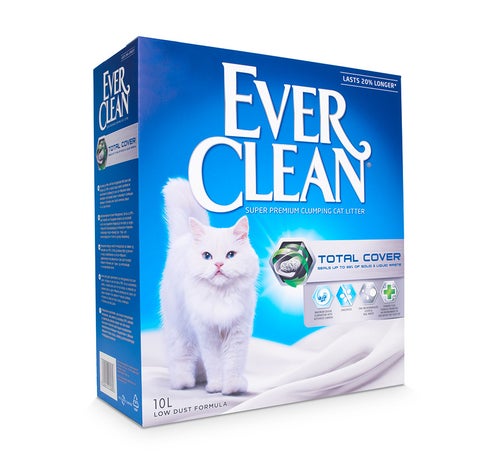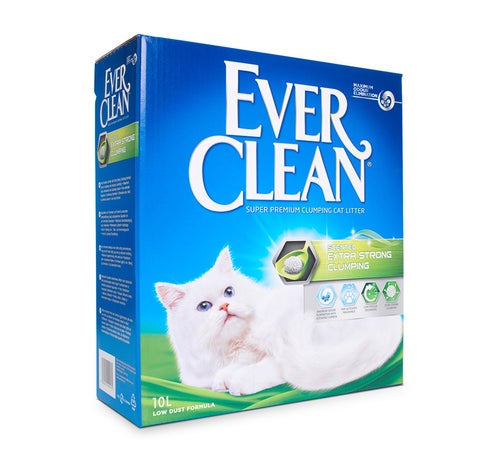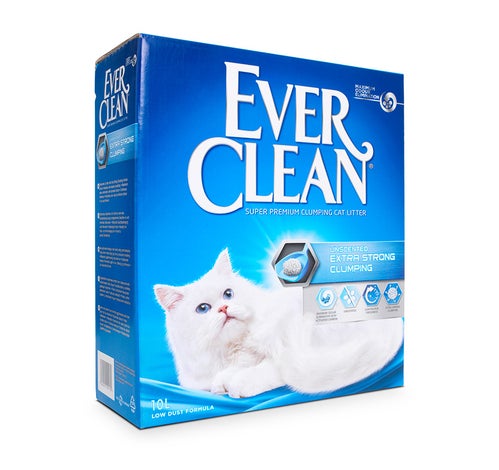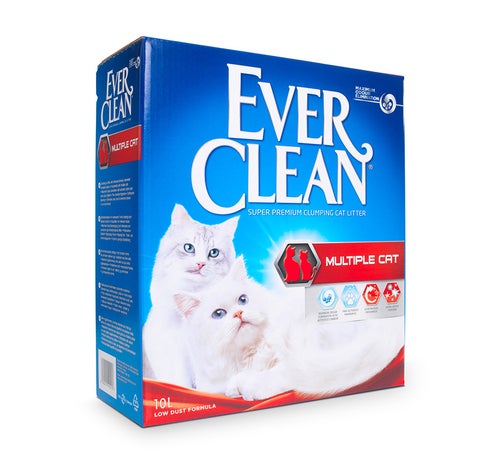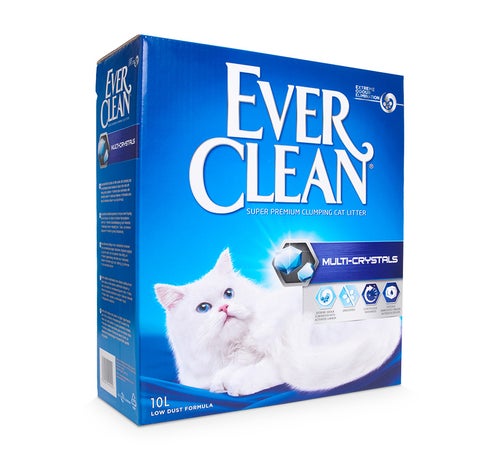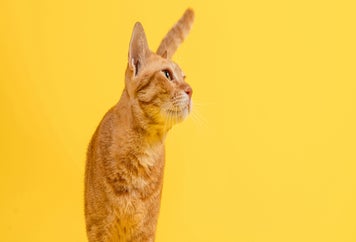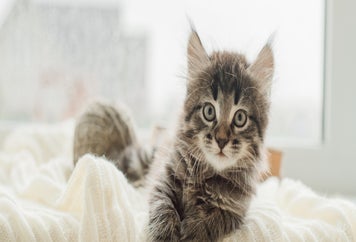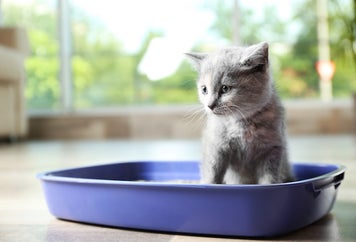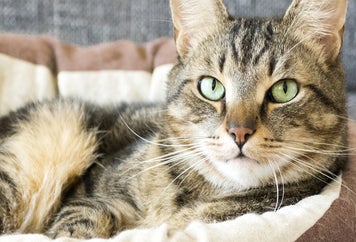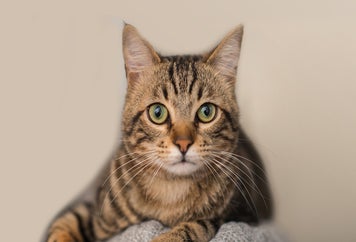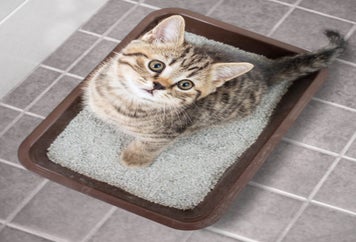Cat Communication
How to tell if your cat is happy
Some people find it challenging to connect with cats. It’s partly why our feline friends have a reputation for being mysterious and hard to read. While our cats might not be the most ‘talkative’ of pets – most won’t communicate as clearly as dogs, for example – we can still tell a lot about their feelings by learning to spot their body language.
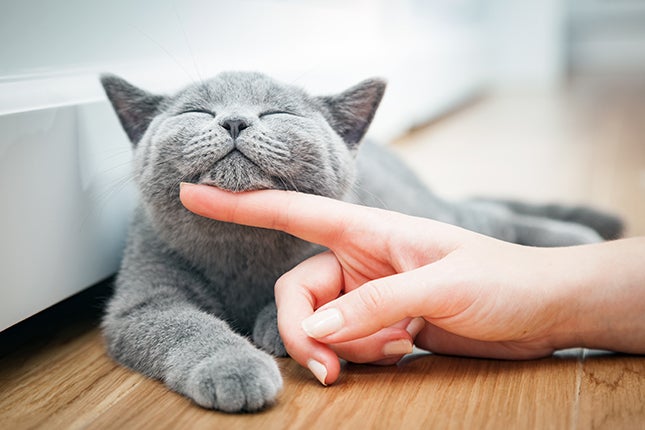
Because cats haven’t evolved to be as social as some other pets, their facial expressions and vocal ranges are more limited. Instead, they prefer to communicate with each other from a distance using scent (rubbing, spraying, scratching and urine marking). That’s a language we humans can’t understand. This means it can be hard to know how our cats are feeling, but luckily, their body language can still give us clues.
While most cat owners find it easy to tell when their cat is happy, recognising if your pet is sad or anxious can be trickier.
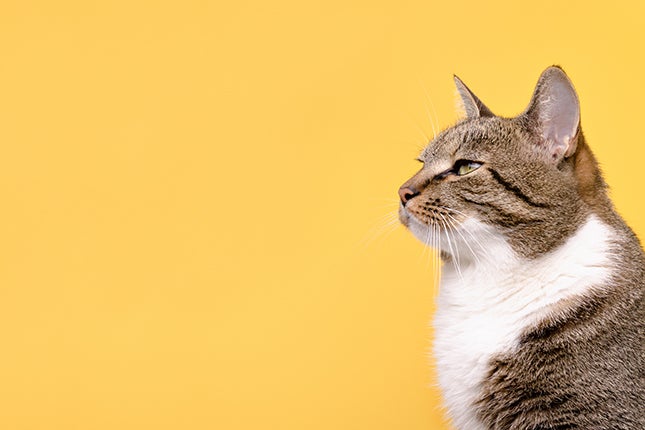
When trying to assess your cat’s body language, take a look at what’s happening around them at the same time. This will help you decide whether they are more likely to be in a good or a bad mood. Looking for the signs they show in different situations will help you recognise their feelings.
Don’t worry if you find it hard to ‘read’ them. Lots of the body language and facial expressions shown by cats can appear similar, whether our cats are feeling happy or not.
Happy cats will have relaxed bodies, with their tail upright, perhaps with a bit of curl at the end. Their eyes can look more almond-shaped and may be half-closed or blinking slowly. Their ears will usually be pointing upwards and towards you. They may roll on their backs, come to you for fuss, or do a little jump to meet your hand for a stroke.
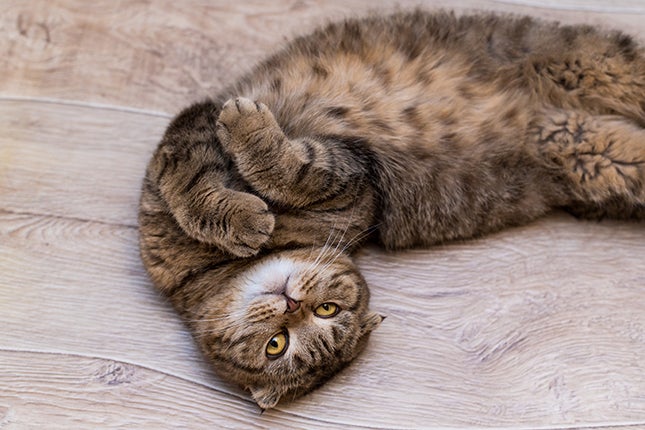
Anxious cats might crouch and have a tense body with their tail tucked in close to them or flicking. Your cat’s eyes might look wider with big pupils – but remember, this can also happen in low light conditions or if they are excited. Their ears will be pointing upwards but facing outwards so they can hear everything around them. They will likely hide away.
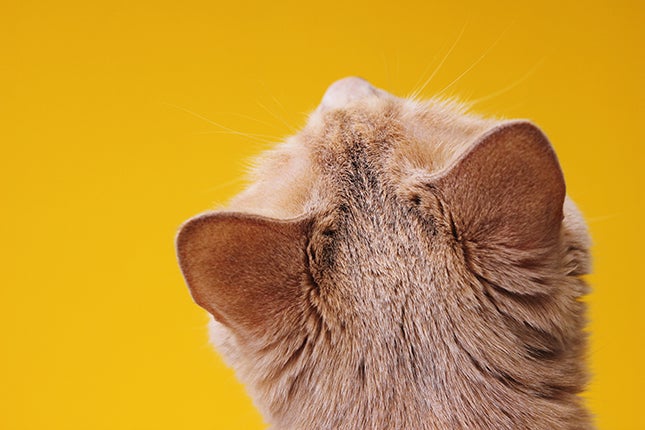
Very upset cats will have tense bodies and may try to make themselves look bigger by making their fur stand on end. Their tail might be tense, tucked in close or flicking rapidly backwards and forwards. Their ears may be lowered or even flat against their head. They may hiss or swipe at whatever is making them so unhappy.
What about purring? Most people would assume that a purring cat is always a happy one. For the most part, our cats do purr when they’re content. If their body language is relaxed, they probably are, too. But sometimes, cats can also purr if they’re anxious, worried or in pain. If your cat is purring at a time when it would be unusual for them to be happy (like at the vet), pay attention to their body language because this will be a better hint of how your cat is feeling.





